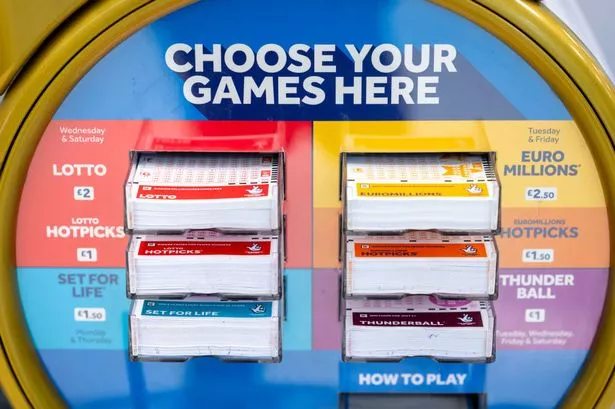A recent investigation commissioned by the UK government has raised significant concerns regarding the dazzling glare produced by modern vehicle headlights. The study, conducted by the consultancy TRL (Transport Research Laboratory), found that stronger headlight illuminations are increasingly affecting motorists, particularly those facing oncoming traffic.
The research involved over 50 hours of nighttime road testing, during which a vehicle equipped with specialized cameras and sensors measured headlight luminance. The findings underscore that enhanced vehicle lighting poses a “genuine issue” for drivers. Notably, passengers in the test vehicle experienced increased glare when elevated luminance levels were detected, particularly in scenarios such as ascending hills or navigating right-hand curves, where drivers are more vulnerable to bright headlight beams.
In addition, the study indicated a potential link between larger vehicle profiles, such as SUVs, and increased glare incidents. To supplement the research, an RAC survey of 1,850 UK motorists revealed that 33% have reduced their night-time driving or ceased it altogether due to excessively bright headlights from other vehicles. Furthermore, 22% of participants expressed a desire to limit nocturnal journeys but felt compelled to continue driving regardless.
Dr. Shaun Helman, the lead researcher at TRL, stated, “This research provides compelling evidence that glare from vehicle lighting is a genuine issue for UK drivers, and can be measured in real driving conditions. By combining scientific measurement with driver perspectives, we now have a clearer understanding of the conditions under which glare occurs and the factors that contribute to it.”
RAC’s senior policy officer, Rod Dennis, welcomed the findings, emphasizing that they validate the concerns voiced by drivers. He noted, “Having campaigned hard for this study, we welcome its findings, which independently confirm what drivers have been telling us—that rather than being an imagined phenomenon, some bright headlights do cause a glare problem.” Dennis urged that while high-performing headlights are beneficial for drivers, there needs to be a balance to prevent others from experiencing discomfort due to dazzle.
The Department for Transport acknowledged the frustration caused by headlight glare, particularly as evenings grow darker. A spokesperson remarked, “That’s why we commissioned this independent research to better understand the causes and impact of glare, and to help inform future negotiations on international vehicle standards.”
In response to the findings, the DVSA (Driver and Vehicle Standards Agency) announced plans to enhance surveillance to prevent the sale of illegal retrofit headlamp bulbs for road use. Offenders caught selling these illegal bulbs could face fines of up to £2,500.
Nicholas Lyes, Director of Policy and Standards at IAM RoadSmart, a road safety charity, stressed the importance of addressing headlight glare. He remarked, “While focus will be on amending international regulations of new vehicles, that doesn’t solve the issue with those cars on the roads today.” Lyes pointed out that while the MOT test does include inspections of lights, including intensity, whether this provides sufficient protection for other motorists remains uncertain.
As the debate over vehicle headlight regulations continues, this research highlights the necessity for comprehensive solutions that prioritize the safety and comfort of all road users.







